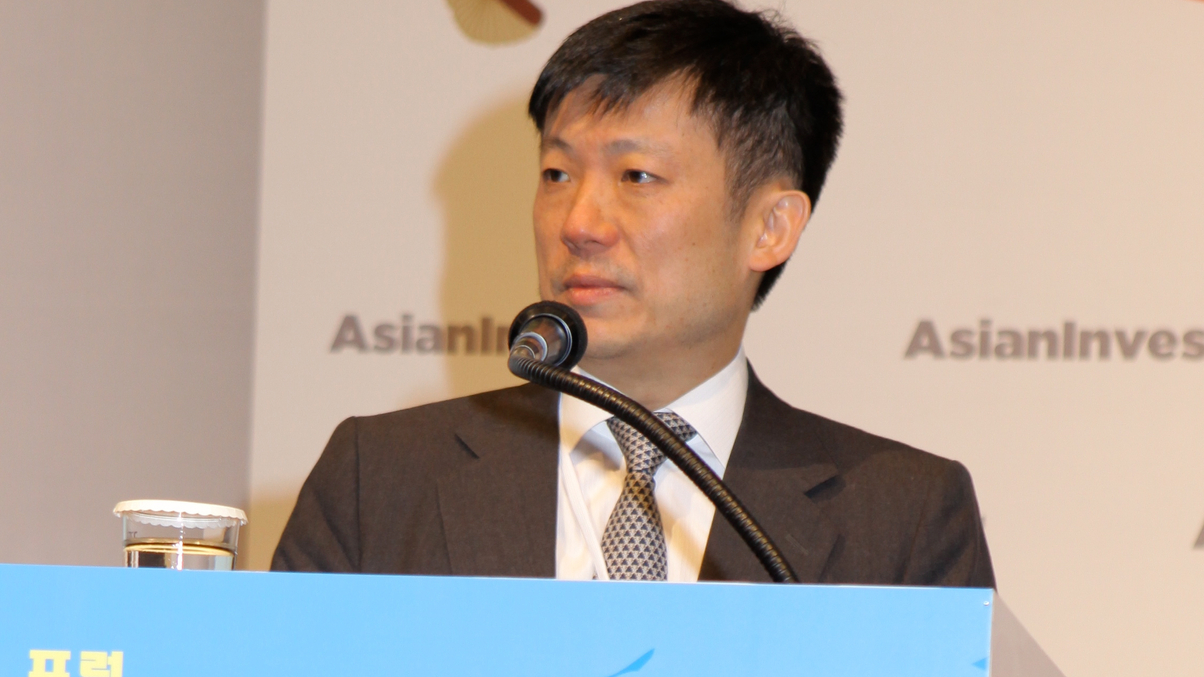Playing around with the Barclays Global Agg
BlackRock’s Anthony Chan suggests ways investors can take apart benchmark indices and put them back together again, better.

Events from Lehman Brother’s bankruptcy to the near-default by the United States in August last year have prompted investors to rethink benchmarks.
Sign In to Your Account
Access Exclusive AsianInvestor Content!
Please sign in to your subscription to unlock full access to our premium AI resources.
Free Registration & 7-Day Trial
Register now to enjoy a 7-day free trial—no registration fees required. Click the link to get started.
Note: This free trial is a one-time offer.
¬ Haymarket Media Limited. All rights reserved.


